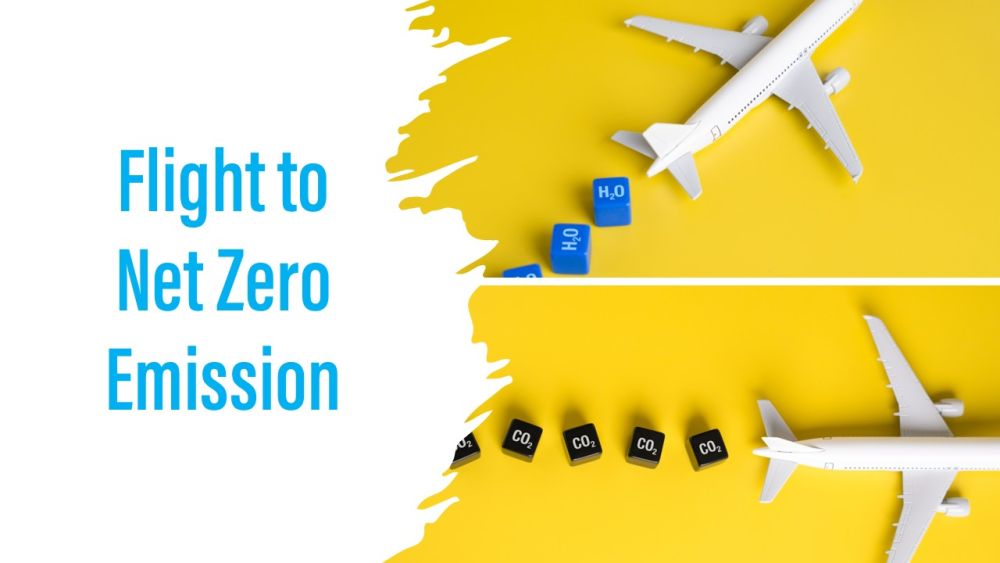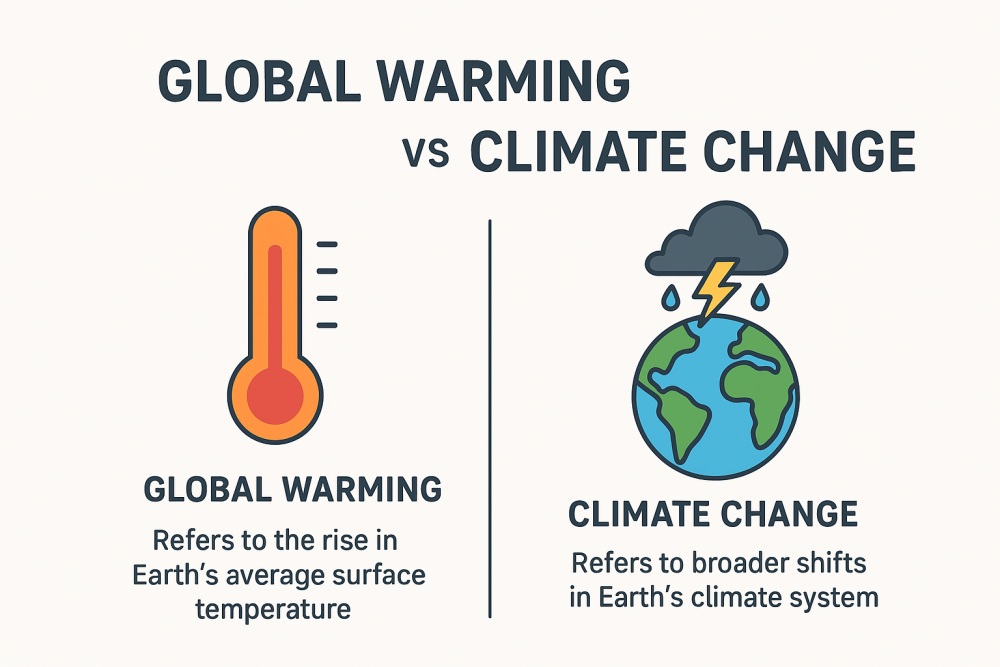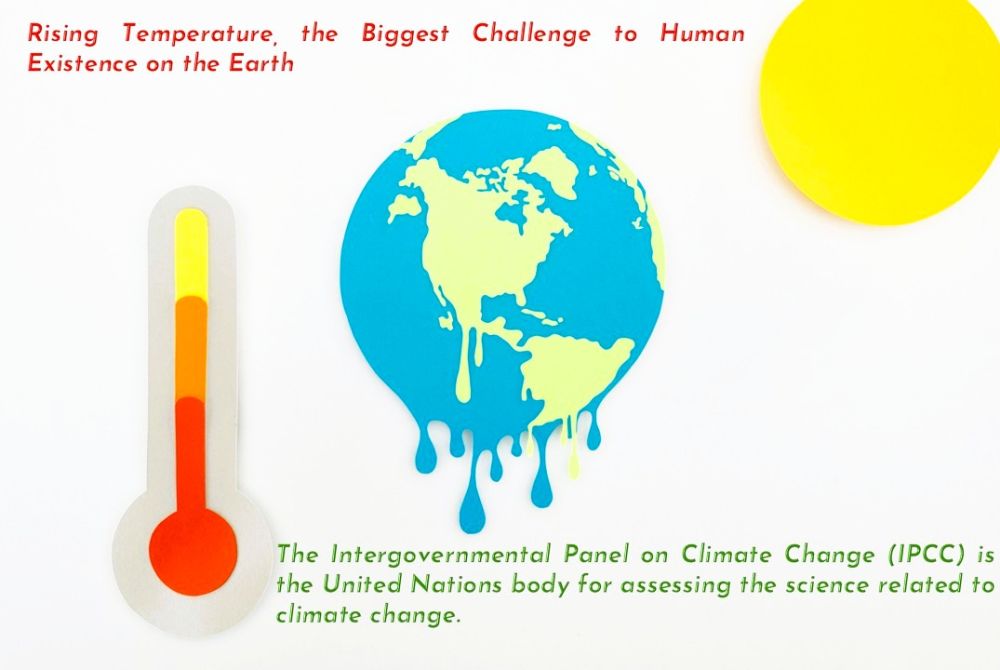12/25 Aviation and the Flight to Net Zero Carbon Emissions by 2050: The Sky’s Limit
Posted 5 months ago
In a world racing against time to curb the devastating effects of climate change, the aviation industry, which contributes around 2.5% of global CO₂ emissions, is under growing pressure to achieve net zero by 2050. This target, endorsed by the International Air Transport Association (IATA) and backed by many governments and corporations, marks a pivotal shift in how we think about flying in the 21st century.
What is Net Zero in Aviation?
“Net zero” means that any greenhouse gas emissions produced by aviation must be balanced by removing an equivalent amount from the atmosphere. In simpler terms, planes must stop emitting carbon or find ways to capture or offset those emissions.
But here lies the turbulence: unlike ground transport, which can pivot to electric vehicles relatively easily, long-haul aircraft face daunting technological barriers. The sheer energy density required for the flight makes batteries unviable for most commercial jets.
Ongoing Efforts: Fueling a Cleaner Flight Path
The industry is placing its bets on a multi-pronged strategy:
- Sustainable Aviation Fuels (SAFs) – Made from waste oils, agricultural residues, and even carbon captured directly from the air, SAFs can reduce life-cycle emissions by up to 80%. However, the current supply covers less than 0.1% of aviation fuel demand, and scaling it up is costly and complex.
- Electric and Hydrogen-Powered Aircraft – Startups and aerospace giants alike are racing to develop electric planes for short-haul flights. Airbus, for example, is exploring hydrogen-powered aircraft under its ZERO program, with potential deployment by 2035. Yet, infrastructure and safety hurdles remain significant.
- Carbon Offsetting and Removal – Airlines are increasingly investing in carbon offset programs, planting trees, restoring wetlands, or funding direct air capture technologies. Critics argue this is more a stopgap than a solution, but proponents see it as vital for hard-to-abate emissions.
- Operational Efficiency – Optimising flight paths, using lighter materials, and improving engine design can trim emissions by 10-20%, a modest but necessary gain.
The Challenge of Equity
The push for net zero raises questions about climate justice. With only a small fraction of the global population flying regularly, critics argue the environmental burden should not fall on the Global South, nor should emissions reductions come at the cost of connectivity for developing economies.
Government and Regulatory Action
From the EU’s Fit for 55 plan, which includes an SAF blending mandate, to the UK’s Jet Zero Strategy, US SAF Grand Challenge, governments are beginning to intervene where market forces may falter. Carbon pricing, subsidies for green fuel production, and research grants are expected to play pivotal roles.
Clear Skies or Headwinds Ahead?
The road to net zero in aviation is turbulent, expensive, and filled with technological uncertainties. However, the alternative, business as usual, could prove far costlier regarding planetary health. As public pressure grows and climate targets harden, the aviation industry must innovate or risk being grounded.
Whether the skies of 2050 are filled with silent, hydrogen-fuelled jets or carbon-neutral SAF-powered flights, one thing is clear: the journey to net zero has taken off, and there’s no turning back.





